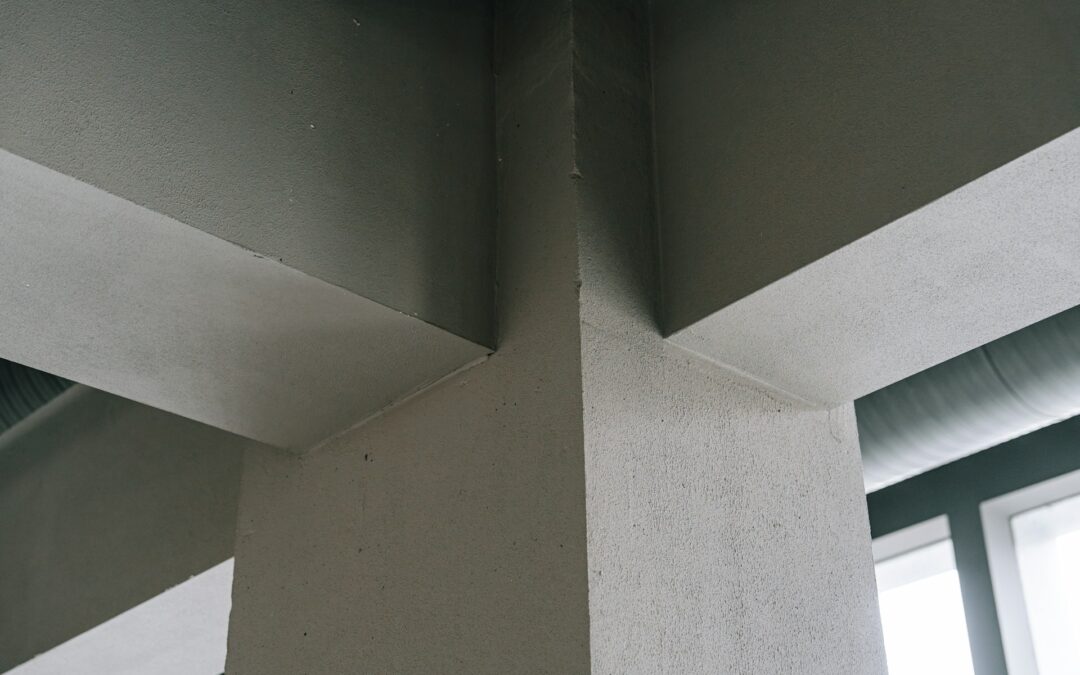Concrete is a huge part of our lives, found in buildings, roads, and even patios. It’s relied upon for its strength and durability, but over time, concrete can shift and crack if not properly cared for. Keeping concrete stable is essential for safety and ensuring that it lasts as long as possible.
This blog will delve into how to maintain sturdy concrete surfaces, exploring common threats and offering practical solutions. Whether you’re a homeowner looking to maintain your driveway or responsible for a larger construction project, these insights help ensure your concrete remains as solid as the day it was poured.
Understanding Concrete Stability Basics
Concrete stability hinges on the foundation and the surrounding environment. When concrete is poured, the preparation and curing processes dictate how stable it will be throughout its life. A solid base ensures that the concrete can withstand weight and pressure without shifting.
- Proper Base Preparation: The ground beneath the concrete must be compacted well to provide a stable base. This involves removing soft spots and adding compacted gravel or sand. A firm base prevents the concrete from settling unevenly and reduces the risk of cracking.
- Correct Water Mix Proportions: The mix of water in concrete affects its stability. Too much water can weaken the mix, leading to cracks and other problems as it dries. Ensuring the right balance helps the concrete cure to optimal strength and durability.
- Curing Process: Curing is crucial for concrete stability. After pouring, concrete needs time to dry slowly. This process allows the material to gain strength. Protecting the surface from rapid drying by using wet coverings or curing compounds helps maintain moisture levels.
Understanding these basics provides a foundation for keeping concrete strong and lasting. By focusing on these areas, you can prevent issues that often lead to instability and structural concerns down the road.
Common Threats to Concrete Integrity
Concrete faces several challenges that can threaten its stability and integrity. Recognizing these threats allows for proactive measures to protect concrete surfaces.
1. Weather Conditions: Extreme temperatures cause concrete to expand and contract, leading to cracks. Freeze-thaw cycles, in particular, can be damaging.
2. Poor Drainage: Water pooling around concrete can weaken the structure, especially if it seeps into the joints or cracks, causing erosion and instability.
3. Heavy Loads: Excessive weight on a concrete surface beyond its capacity can lead to pressure cracks. Distribution of weight helps lessen this impact.
4. Soil Movement: Concrete relies on stable soil. If the ground shifts due to natural causes or human activity, it can lead to sinkage or uneven surfaces.
5. Chemical Exposure: Chemicals, like deicing salts, can degrade concrete over time by causing reactions that break down the material.
Addressing these threats involves regular inspections and maintenance. Protecting concrete from these common problems ensures its longevity and robustness. By staying aware and taking timely action, you can preserve the integrity of your concrete surfaces for years to come.
Techniques for Maintaining Concrete Stability
Concrete maintenance is key to extending the life and stability of surfaces. Simple and regular maintenance routines prevent more significant issues from arising.
- Routine Cleaning: Keep concrete surfaces free from debris by sweeping and washing them regularly. This prevents dirt and grime from accumulating, which can cause damage over time. Pressure washing can effectively remove built-up contaminants.
- Sealant Application: Applying a sealant protects concrete by creating a barrier against moisture, chemicals, and other harmful substances. Sealants should be applied every few years depending on the exposure and wear the surface endures.
- Repair Minor Cracks: Attend to small cracks as they appear. Use concrete patch materials to fill them in. This prevents water from entering and causing further damage. A proactive approach keeps minor repairs from becoming major issues.
- Improve Drainage: Ensure that water does not pool on or near concrete surfaces. If necessary, adjust the landscaping or install drainage solutions to guide water away from the concrete. This prevents erosion and reduces the risk of cracks.
By adopting these maintenance techniques, you keep concrete stable and durable. Regular attention to detail helps in maintaining structural integrity and longevity.
Long-Term Solutions to Prevent Concrete Issues
Ensuring your concrete remains stable in the long run involves thoughtful planning and preventative measures. These strategies help avoid future problems.
- Design with Care: During initial construction, designing for load distribution helps prevent stress on any one section. Using rebars for added strength can reinforce concrete against heavy use and pressure.
- Quality Materials: Selecting high-quality concrete and additives increases the durability of the material. Additives can make concrete more resistant to water and temperature changes.
- Control Joints: Installing control joints during laying reduces the likelihood of cracks forming. These joints allow for natural expansion and contraction, minimizing stress on the surface.
- Regular Inspections: Conduct scheduled inspections to catch potential issues early. Identifying weaknesses before they develop into bigger problems is crucial for long-term stability.
Crafting a long-term strategy involves more than immediate fixes; it requires foresight and continued care. These solutions, when implemented, ensure that concrete surfaces remain strong and reliable.
Conclusion
Keeping concrete stable is a vital part of maintaining safe and functional spaces, whether for homes, commercial properties, or public spaces. From understanding the basics to implementing proactive maintenance and long-term strategies, ensuring concrete stability requires commitment and knowledge. Properly caring for concrete surfaces not only enhances their appearance but also increases their lifespan, saving resources in the long run.
When you are ready to take the next step in securing your concrete’s future, Lift-Texas Construction is here to help. We offer expert insights and concrete leveling services to help preserve and enhance the stability of your concrete. Reach out to us today to ensure your concrete remains as strong and reliable as the day it was installed.

